Beomeosa Temple
Established in the year 678, Beomeosa is probably the most important Buddhist temple in Busan. And with its location in the foothills of Mt. Geumjeongsan, it’s certainly among the most beautiful. Entering the complex is like stepping into another world, one more sacred and peaceful.
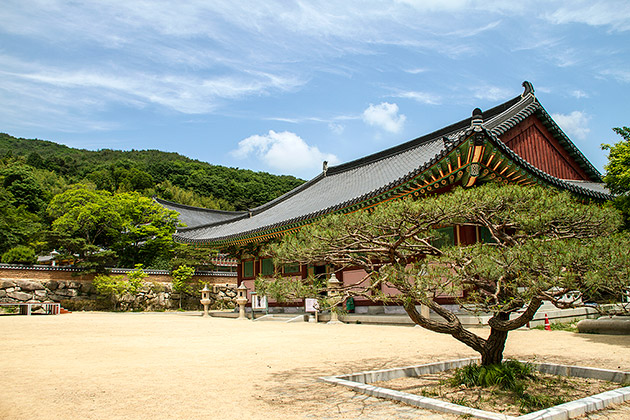
A famous monk by the name of Uisang founded Beomeosa during the Silla Dynasty, and in its apex during the Goryeo period (918–1392) the temple was home to over a thousand brothers. The name Beomeosa means something like “Nirvana Fish Temple”; a legend states that near this spot, a golden fish had descended from heaven on a five-colored cloud.
Throughout its history, Beomeosa has been famed for its fighting monks, who helped fend off Japanese invaders in the 1500s. Fleeing in defeat, the Japanese managed to destroy the temple, but Beomeosa was eventually rebuilt and would become a center for monkish resistance during the 35-year Japanese occupation of Korea (1910-1945). The fighting monks practiced a secret martial arts style based on Zen called Seonmudo; the LA Times profiled a Beomeosan monk who’s ruffled a few feathers by trying to popularize the style outside of the temple walls.
Our visit to Beomeosa started with a quick tour through the temple museum. With old portraits, scrolls and ancient printing blocks, the Seongdo Museum has an interesting collection of relics, but we were eager to get into the temple itself, and only spent a few minutes looking around.

Beomeosa has a rich history, but is a living place of worship — a fact underlined as much by the pristine state of its buildings, as by the number of people filling its prayer halls. Everything was freshly painted or undergoing renovation, and we were astounded to be in a 1300-year-old temple which, from a few angles, might have been built a few months ago.
My favorite hall was San Ryoung Gak (the Hall of the Mountain Spirit) dedicated to the god who protects Mt. Geumjeongsan. It looks older and is set higher on the hill than the other halls, and is distinguished by the fact that it has nothing to do with Buddhism, but is a nod to local pagan beliefs. Inside, there’s a painting of the god alongside a tiger.
The various halls and structures, such as a three-story pagoda, stone lantern and bell tower, are impressive. But the best of Beomeosa is its gorgeous mountain scenery and the views over the valley below. It’s no surprise that the temple has won fame as a center for foreign students. A huge section of Beomeosa is dedicated to “Temple Stays”, which allow tourists and the curious to experience what life at a Buddhist temple is all about.
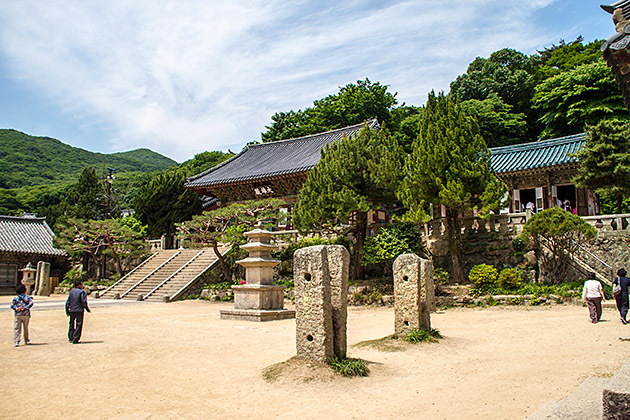

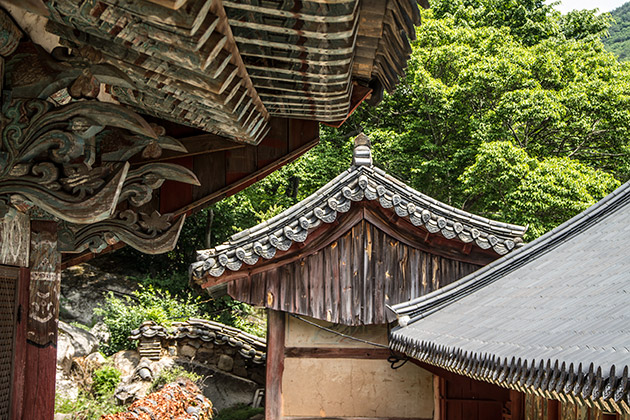

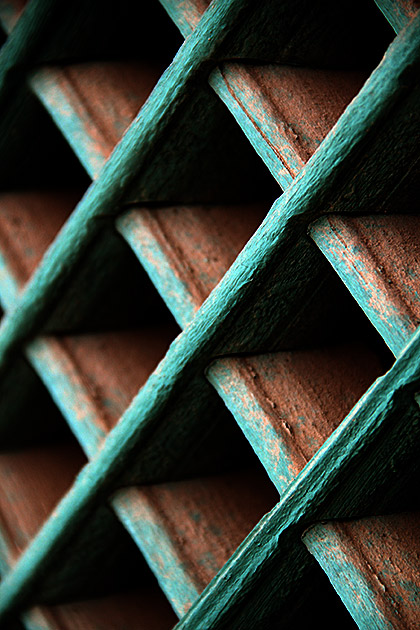
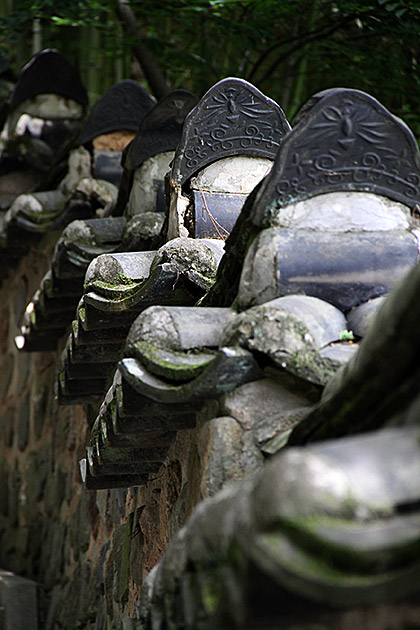
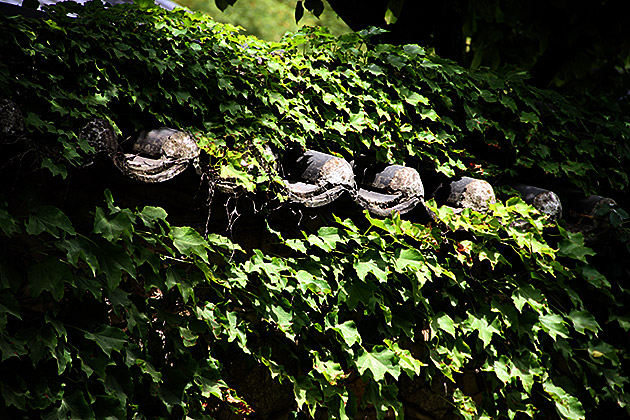
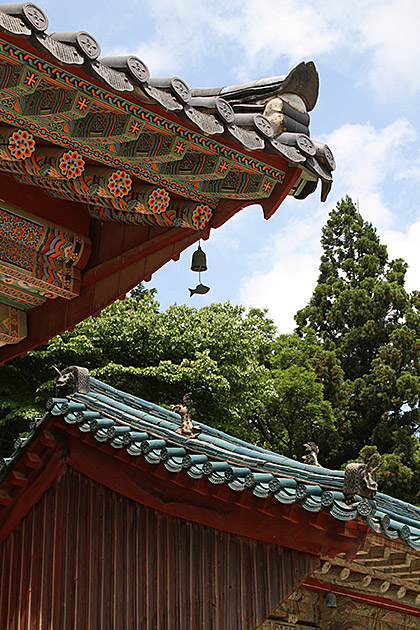
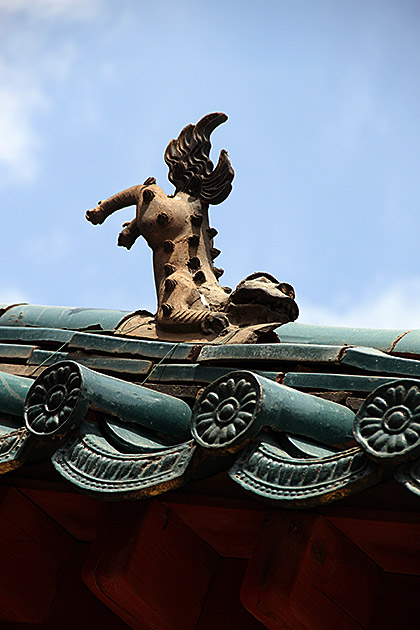
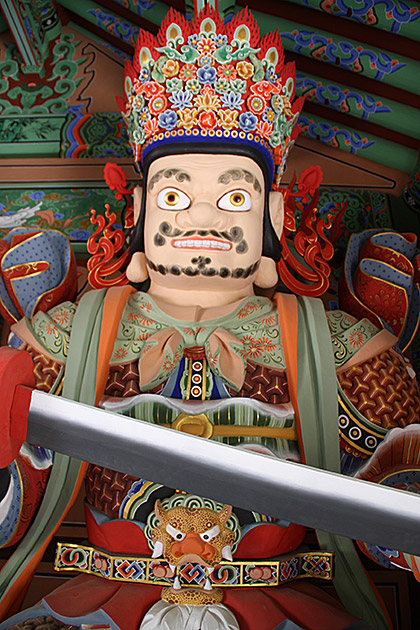

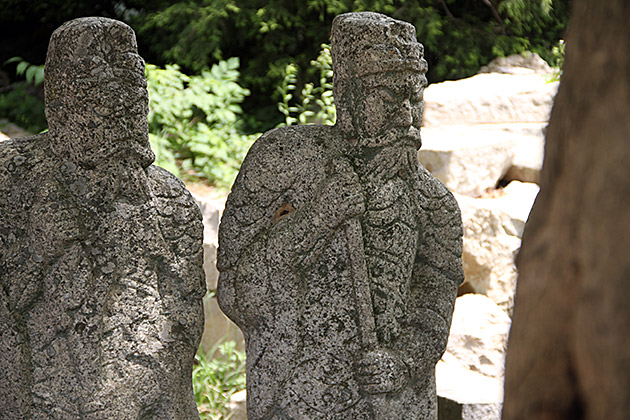
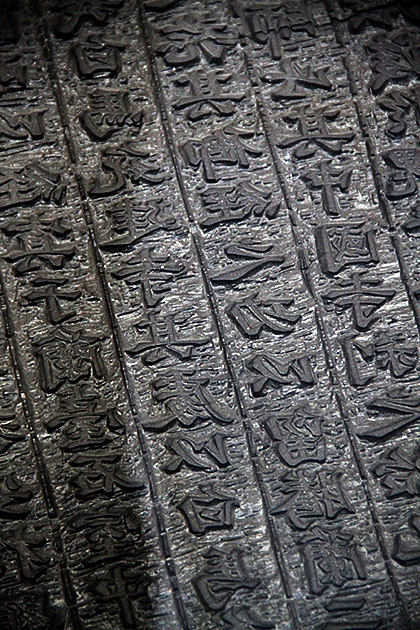

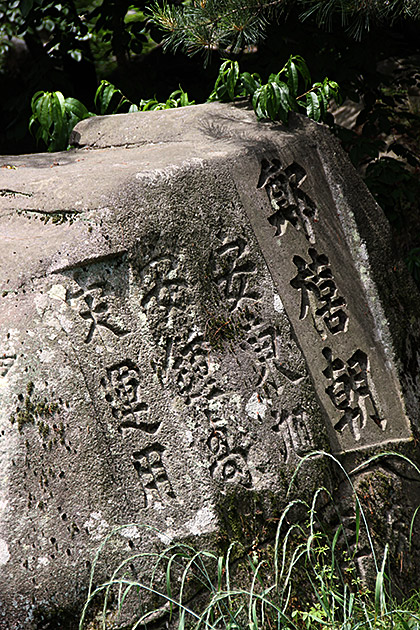
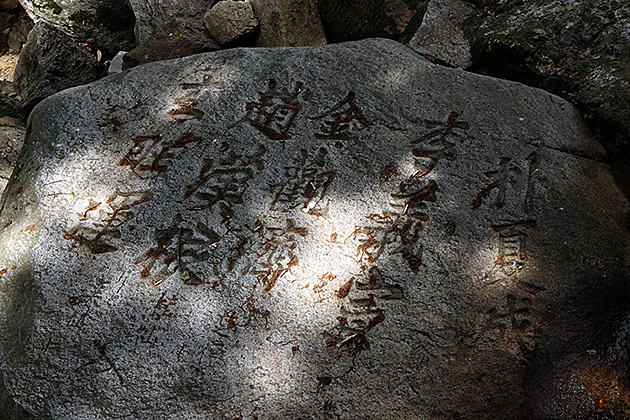
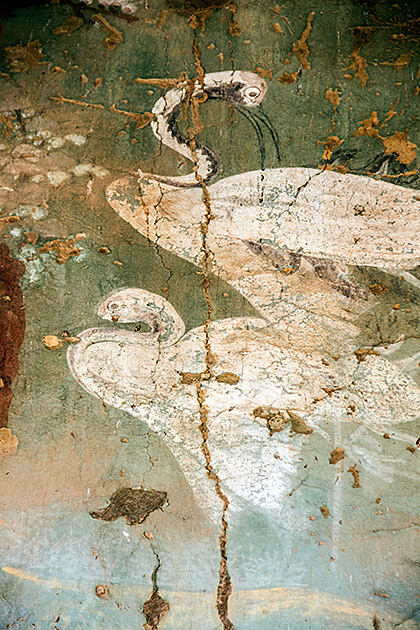
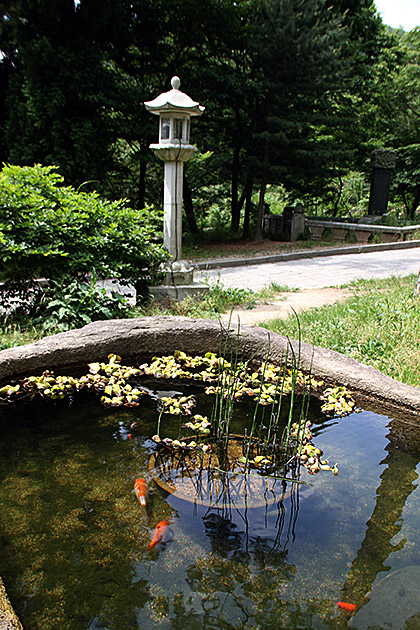
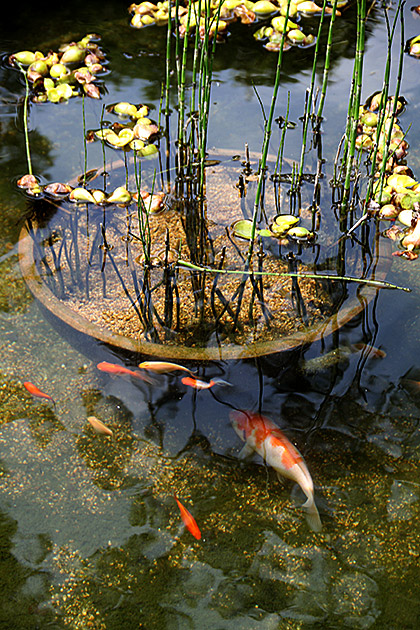
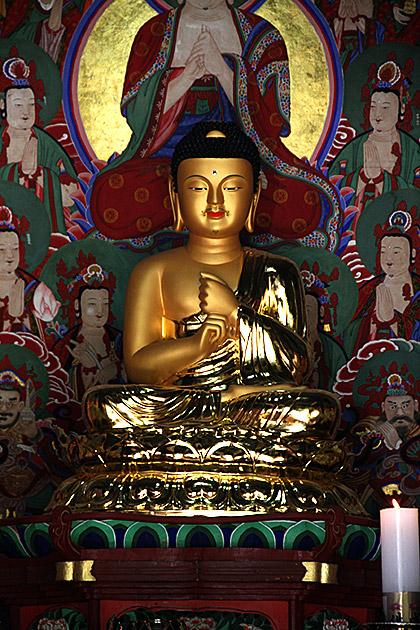
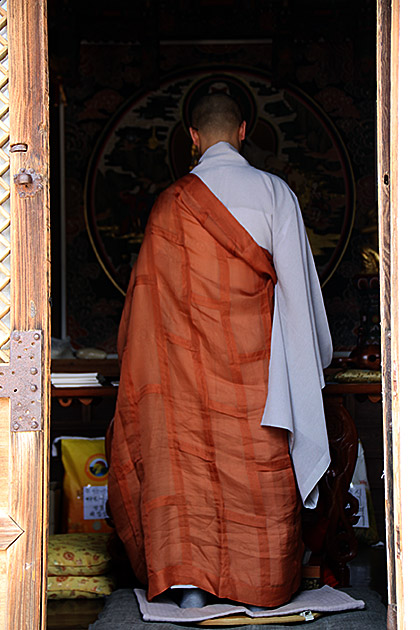
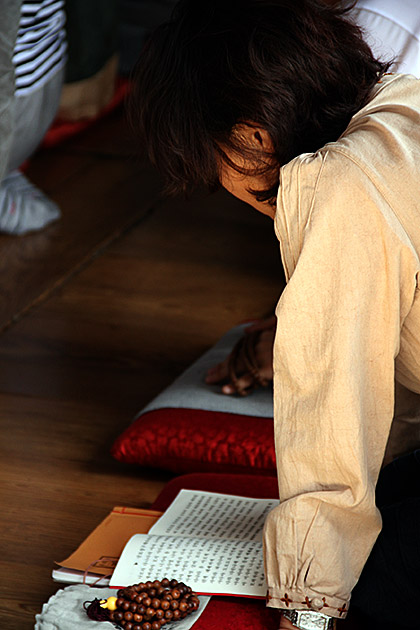
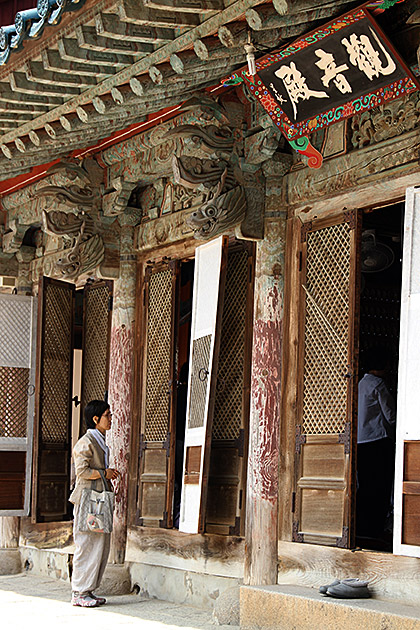
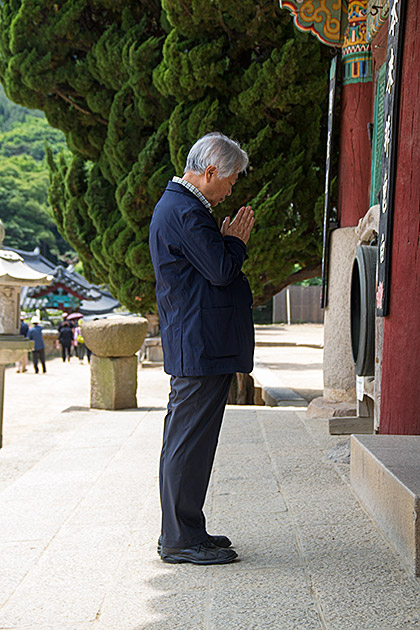
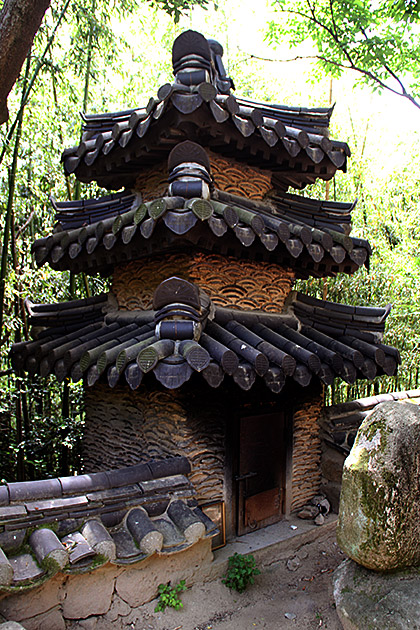
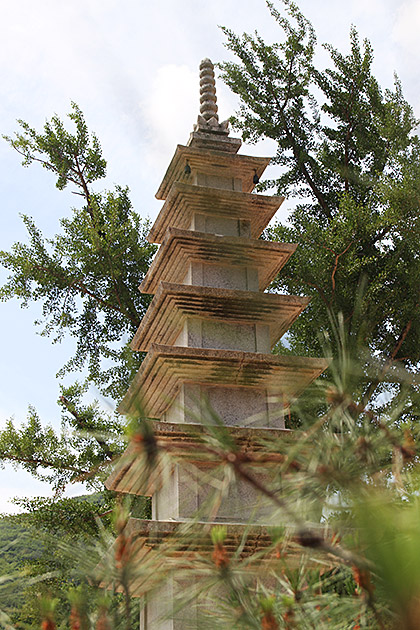
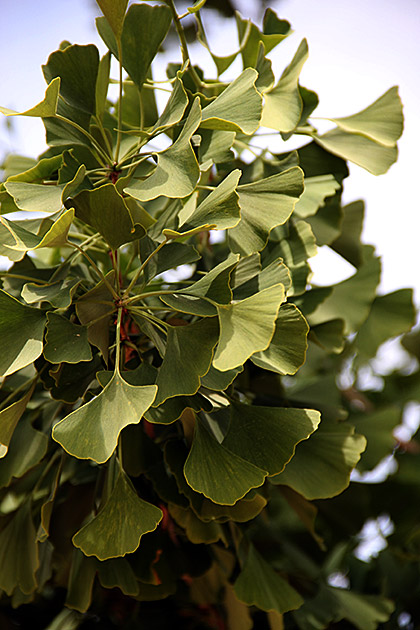
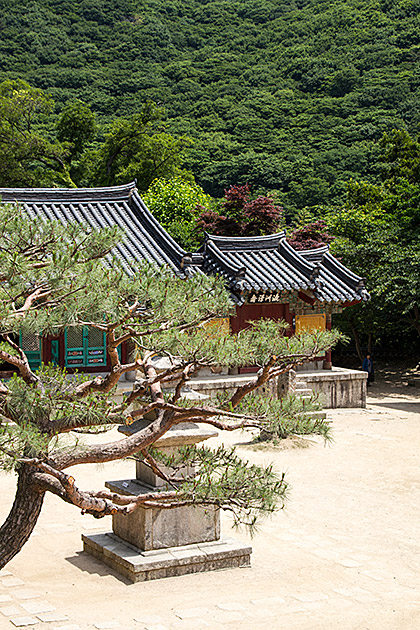

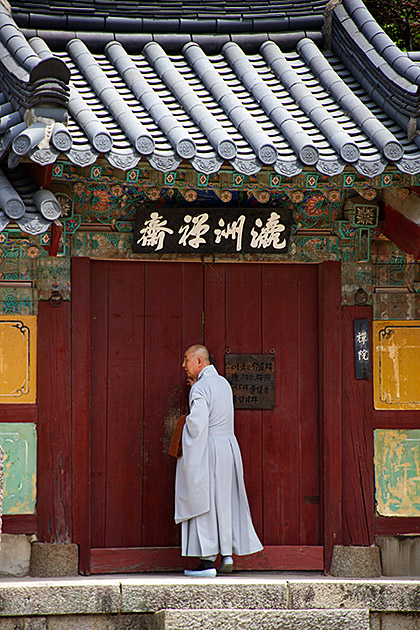
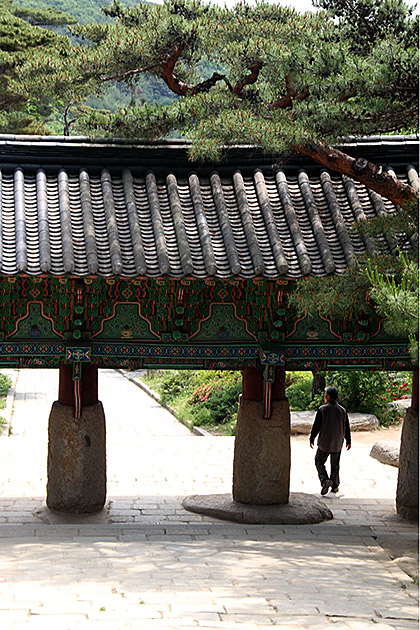
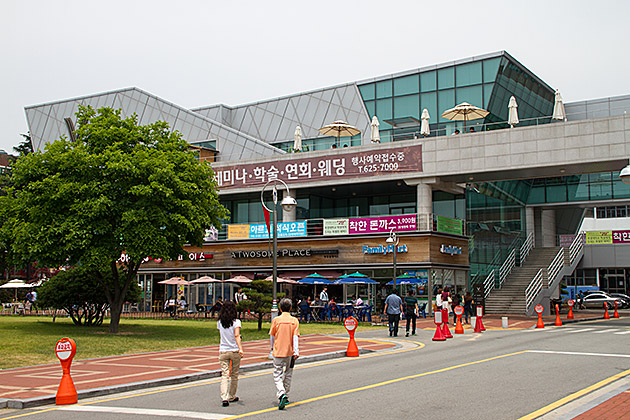
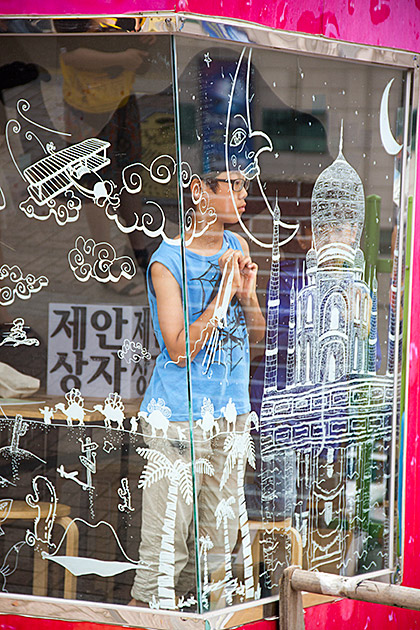


In almost every dayoff, i am going to the temple for meditation. and also a lot of tourists coming from abroad I am eager for them to be friends each other But have no guts to say “hello” in front of them as i am not good in english but i hope that someday i would do so, when i am perfect in english like native speakers I want to do volunteering of free tour guide at the temple for them.